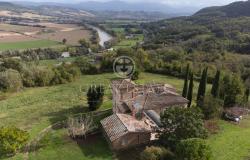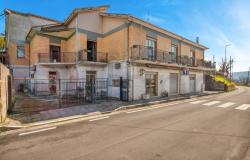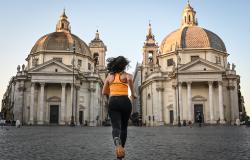Rome is gearing up for one of the artistic highlights of its year, a major exhibition paying tribute to the father of the Renaissance, Giotto.
Opening on March 6, the 3.3-million-euro show promises 50 works of art, including 20 panels, exploring the life and times of Giotto di Bondone (c.1267-1337).
Speaking at the presentation of the event, Culture Minister Sandro Bondi said the exhibit would be unique.
''It will just not be a great cultural event but will also have enormous civil, political and democratic value,'' he said.
''Giotto was one of the fathers of European art and just looking at his masterpieces makes us all better people''.
The exhibition will feature wooden sculptures, illuminated manuscripts and goldwork but the highlight of the show will be the fragile, 14th-century panels on loan from major museums around the world, several of which have been restored for the show.
''This event will not simply commemorate Giotto's work, it aims to approach the master from a fresh point of view,'' said Architectural Heritage Superintendent Roberto Cecchi.
''There are so many aspects to Giotto that we still know little about, such as his interest in architecture, and the exhibition will contain some appealing ideas for future studies''.
Although renowned for his skill at life drawings at a time when stylised Byzantine art dominated, much of Giotto's life, travels and training remains shrouded in mystery.
He was born in Tuscany of a father named Bondone, studied with Cimabue, one of the greatest painters of his day, and completed his greatest masterpiece, the decoration of the Scrovegni Chapel in Padua, in around 1305.
However, the year and precise place of his birth and his family's background remain subjects of dispute, as does the order in which he completed his works and even their attribution.
The exhibition sets out to address these uncertainties among others, looking at conflicting views and tracing his voyages around Italy through the impact of his art.
''The exhibition will analyze the master's presence in Italy's greatest cities, from Rome to Florence, and from Naples to Milan,'' said the event's curator Alessandro Tomei.
''First-hand evidence has disappeared but historians have reconstructed his trail through documentation and the influence his work had on his contemporaries.
''Where Giotto appeared, artistic expression changed for good,'' he concluded.
Entitled Giotto e Le Trecento (Giotto And The 14th Century), the exhibition runs in Rome's Vittoriano from March 6 until June 29.










